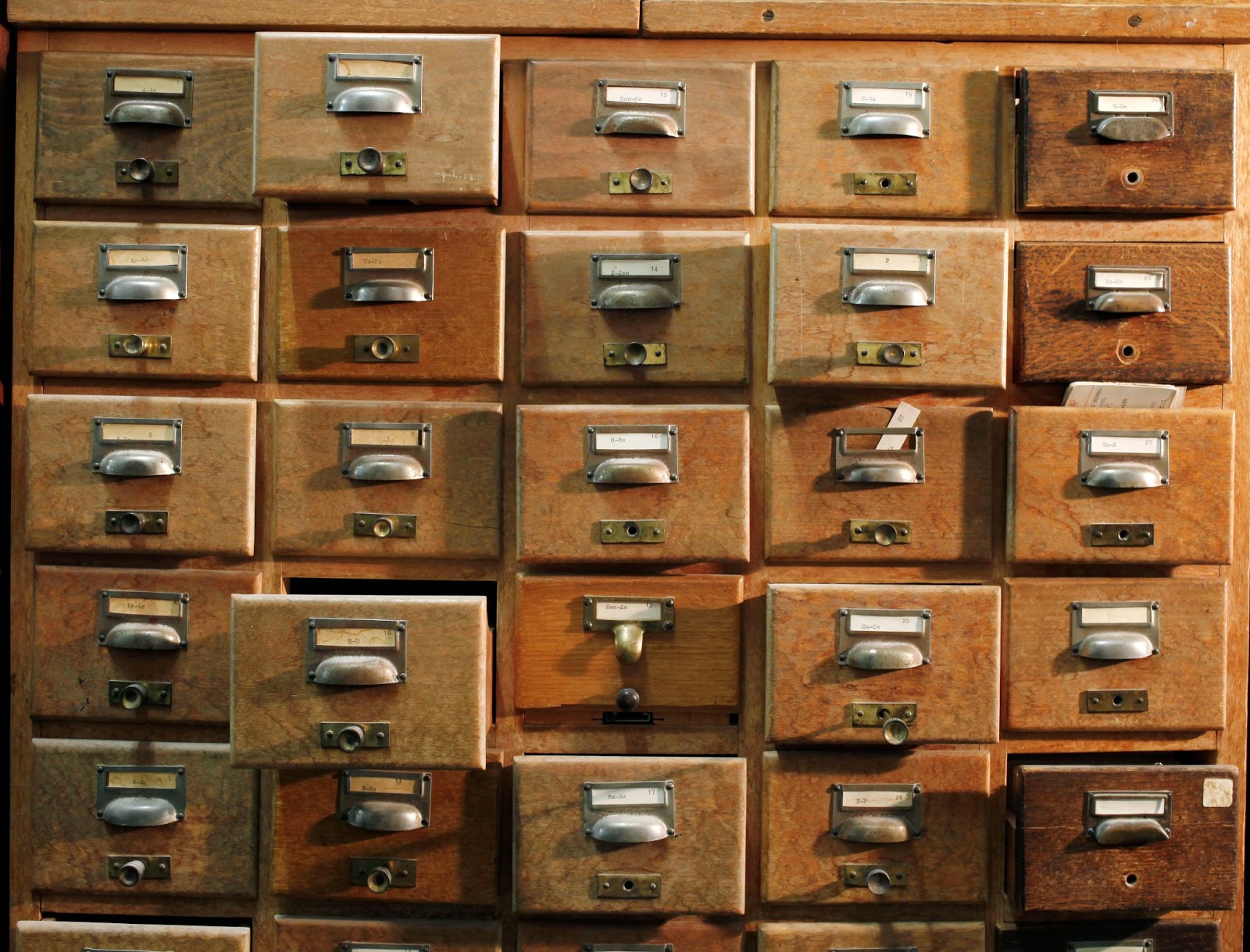Get Out of the Classroom and Into the Archive
4 February 2014 - 8:26pm
 When it comes to creating historical narratives, it’s important to go right to the source(s).
When it comes to creating historical narratives, it’s important to go right to the source(s).
The best way to introduce students to using primary sources in libraries and archives is by actually taking them there. Sources “live” in a variety of places. With the push towards digitization it has become much easier to introduce students to primary sources through digitized collections.
But a digitized source doesn’t replace seeing an actual source in person.
It’s hard to gauge scale, size, and colour online. One of my students was shocked by the small size of a pocket war diary from the Great War. The digitized pages of diaries available online filled whole computer screens and could be zoomed in to and zoomed out of. Flipping through fragile and sometimes cracking pages, looking at watermarks and scribbled notes, turning photographs over to look for writing on the back are kinds of inquiry that are not as accessible through digitized sources. Not to mention the fact that the majority of historical primary sources will never be digitized.
When we visit libraries and archives as a class, students learn primary source research usually involves talking to an actual person and visiting an actual space. And students feel more comfortable returning to conduct research in spaces they’ve already visited. Just today, I received an e-mail from a library I visited with my class reporting that two of them had returned to conduct primary research for their own assignments.
Having librarians and archivists talk about collections – and how to access them – is only one part of what students can learn by viewing primary sources in collections. Ask if students can “workshop” a group of primary sources on a particular topic; split them into groups and have them work with sources in the archive as you do in the classroom.
Primary sources about the past may be just waiting for you and your class at local or school art galleries, archives, and libraries. One visit will lead you to others as librarians and archivists refer you to their friends and contacts at other spaces that might have collections that are of interest to your class. If you can’t bring your students to the sources, see if you can bring the sources to them. Contact archives and libraries and see if anything can be borrowed or lent out. Inquire about educational programming. Invite speakers into your classroom to talk about their research or what interests them about the past. As Heather McGregor mentioned in her last blog, ask students to locate and bring in a primary source of their own from personal or family collections or that they have sourced online through the various digital history collections you’ll be talking about and accessing in class. Be resourceful; take advantage of all opportunities available to you and your class to engage with the past both within and outside of the classroom.
How do you encourage students to engage with primary sources in your history lessons?
Photo: Creative Commons.
- Se connecter ou créer un compte pour soumettre des commentaires

